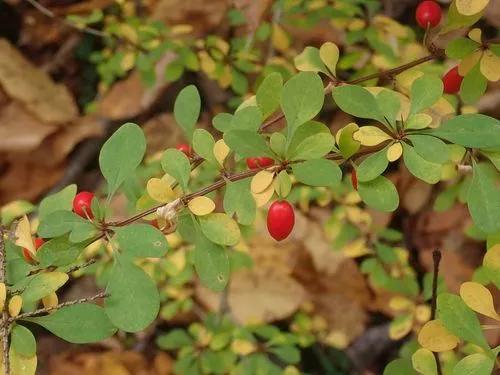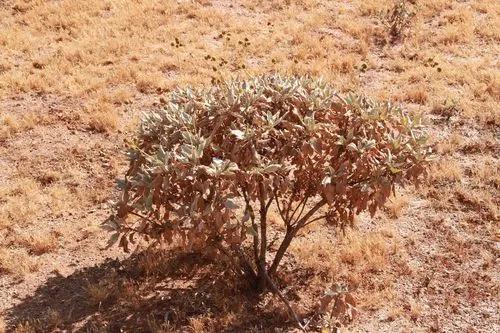This amazing plant comes from Europe and grows as cultivated or wild in many countries of the world in fields, market gardens, and ornamental gardens.
Sage Care
Salvia officinalis
Other names: Common Garden Sage



Common Sage (Salvia officinalis) is a herbaceous plant or subshrub belonging to the genus Salvia of the family Lamiaceae. One can identify it by its habitat, and it is a perennial aromatic herb that grows on rocky terrain and dry meadows from sea level to mountainous areas in its native Mediterranean Europe as well as Central and Eastern Asia and Central and South America.
How to Care for the Plant

Water

Water moderately, avoiding the appearance of puddles, which can cause rotting of its roots or fungi damage. When already an adult plant, this species is drought-resistant and does not tolerate excess moisture, so water it only when the substrate is dry. But as to the plants still in the process of growth, they need moisture when the substrate is still moist.

Pruning

Pruning this plant is generally not necessary. Pruning Sage in spring is a good idea if you want to keep the plant compact or just want to give it some shape.

Fertilizer

Feed the plant once every two weeks in full compliance with the dosage indicated on the package. Choose fertilizers rich in nitrogen, phosphorus, and potassium, which are the essential nutrients for Sage.

Sunlight

Sufficient lighting is essential for growing this plant. Although all types of Sage require plenty of light, the best solution would still be to prefer indirect light by picking a semi-shaded location or providing filtered light if placed indoors. Daily, it needs 6 to 8 hours of direct sunlight.

Soil

Sage will do best if you choose sandy and calcareous soil and make sure it is well-drained and does not look like it is clumping.

Propagation

You can propagate this species with its seeds.

Temperature

Sage needs a relatively warm climate, not lower than 59 °F (15 °C). The ideal temperature range for the plant is 60 - 70°F (15 - 21°C).

Container

When growing Sage in a pot, remember that if you want to grow it in a container of a limited size, it still needs to be much larger than the diameter of the plant so that you can properly develop its root structure.

Fun fact

Did you know that for its innumerable medicinal, cosmetic, and decorative properties, Sage is one of the most used plants in all cultures of the world?

Popularity

12,324 people already have this plant 1,307 people have added this plant to their wishlists
Discover more plants with the list below
Related articles






